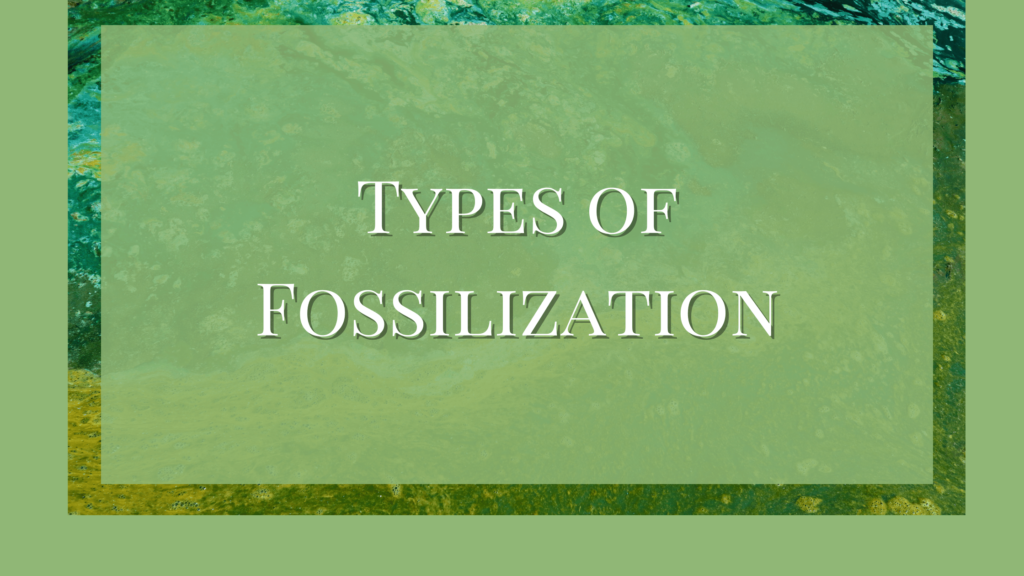The impactful contribution of Birbal Sahni, an Indian paleobotanist, revolutionized the study of ancient plant fossils. Sahni’s work elucidates the significant role of plants in Earth’s history, enhancing our understanding of evolution and the environment.
Early History of Paleobotany in India
As per the history of paleobotany, serious and systematic paleobotanical studies were initiated by naturalists in England and spread to North America, Continental Europe, India, and other countries. In India, Adolph Brongniant is generally credited with the first detailed description of fossil plants from the Permian coal-bearing formations of the Raniganj coalfield (1828 to 1837). Sowerby (1840) is known to have described the fossil Chara from India.
The credit for continuing palaeobotanical exploration goes to British naturalists. Some of them were British army personnel in India or associated with the geological survey of India established in 1847. Most prominent among them were Morris, McCleveland, Fiestmantel, and Fox who have contributed more to Gondwana paleobotany.
The first recorded work on Indian fossils was done by Fiestmental, the director of GSI of India. Professor Birbal Sahni published a monograph on Indian fossil forms – “The Technique of Casting Coins in Ancient India” in the Memoirs of the Numismatic Society of India. Thereafter, Seward and Berecroft made several additions.
Contribution of Birbal Sahni
Birbal Sahni is known as the Father of Paleobotany in India.
- In 1919, Birbal Sahni was awarded a Doctor of Science (DSc) from London University for his research on fossil plants.
- He collaborated with geologist P D Bose during India’s geological survey.
- Birbal Sahni founded the International Institute of Paleobotany in Lucknow, later named after him.
- He established India’s first taxonomic research laboratory.
- Birbal Sahni formed a paleobotanical committee for research publication.
- His curiosity spanned various scientific fields, including biogeography, phytogeography, archaeology, and geology.
- Birbal Sahni received the Barclay Medal from Cambridge University.
- He was honored with a Padmashree in 1973 and a Padmabhushan in 1976 for his exceptional anthropological contributions.
- Birbal Sahni was elected as a foreign honorary member by the American Academy of Arts and Science.
Earlier, work on most Indian fossils was conducted in Europe from 1895 to 1909. It was from 1919 till the death of Dr. Birbal Sahni in 1949 that work on Indian fossils had been added to a great deal. He first revised the known Indian fossils and then published many monographs describing numerous fossil forms.
The most important fossil of cycas is Williamsonia sewardiana. He studied the various parts of fossil gymnosperms and named them Pentoxylae.
One of the greatest contributions of Sahni to Indian Paleobotany was the establishment of the Paleobotanical Research in India at Lucknow on Sept 10, 1946. The paleobotanical studies initiated at Lucknow were to other centers in India by other paleobotanists, as mentioned below.
- Prof. T S Mahabala in University of Pune
- Prof D D Pant in Allahabad
- Prof A K Ghosh at Calcutta University
- Prof. Chitaley at Nagpur University
- Prof Ramanujam at Hyderabad University
The Birbal Sahni Institute is the premier institute devoted to paleobotanical research. The main objectives of this institute outlined by Prof B S Venkatachala are,
- To develop paleobotany including paleopalynology in all botanical and geological aspects.
- To constantly update the data for interactions with allied disciplines.
- Coordinate with other knowledge centers.
Significant research contributions by Birbal Sahni
- 1922: Presidential address on the present position of Indian Paleobotany at the 8th Indian Science Congress.
- 1923: Study on the cuticle structure of Glossopteris angustifolia.
- 1928a: Examination of dicotyledonous plant remains from Tertiary beds in Assam.
- 1928b: Revision of Indian fossil plants, focusing on Coniferales.
- 1931a: Further revision of Indian fossil plants, Part II on Coniferales.
- 1931b: Analysis of materials for monographs of Indian petrified palms.
- 1932a: Discovery of Homoxylon rajmahalense, a fossil angiospermous wood from the Rajmahal Hills.
- 1932b: Identification of a petrified Williamsonia sps from the Rajmahal Hills.
- 1932c: Description of Dadoxylon zalessky, a new species of cordaitean trees from the Lower Gondwanas.
- 1934: Investigation of Gymnospermous and angiospermous fruits in the silicified flora of the Deccan Intertrappean Series.
- 1936a: Documentation of the occurrence of Matonidium and Weicheselia in India.
- 1936b: Discussion on the Himalayan uplift and its cultural-historical significance.
- 1941: Study on Indian silicified plants, focusing on Azolla intertrappea.
- 1943: Introduction of Rodites gen. nov. in Paleobotanica Indica.
- 1948: Examination of the Pentoxyleae, a group of Jurassic gymnosperms from the Rajmahal Hills.
- 1953: He presented a note on possible remains of Psilophyte from Spiti, located in the North-West Himalayas.
- 1953b: Observation of angiosperm leaf–impression from the Kasauli beds, N. W. Himalayas.
References
Sahni, Birbal (1891-1949) – International Organisation of Palaeobotany. (n.d.). https://palaeobotany.org/index.php/palaeobotanist-biographies/sahni-birbal-1891-1949/




